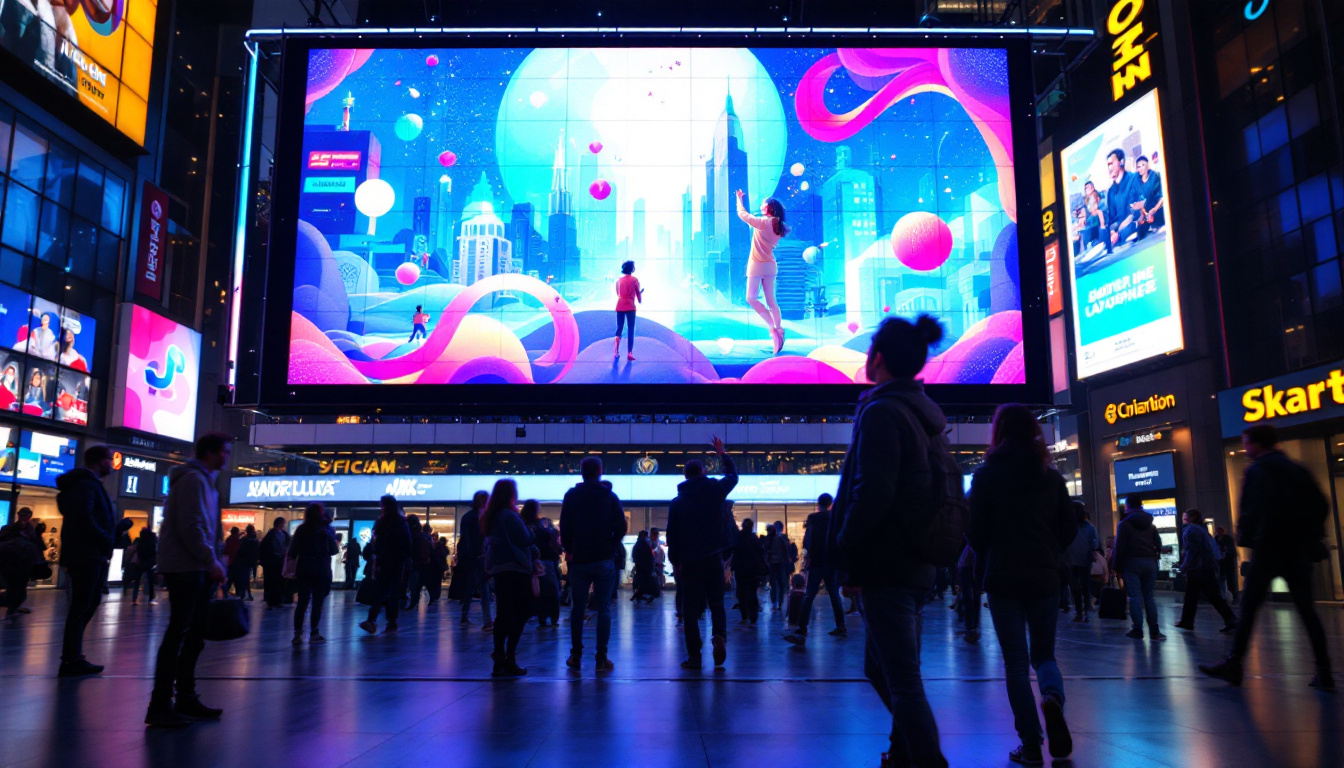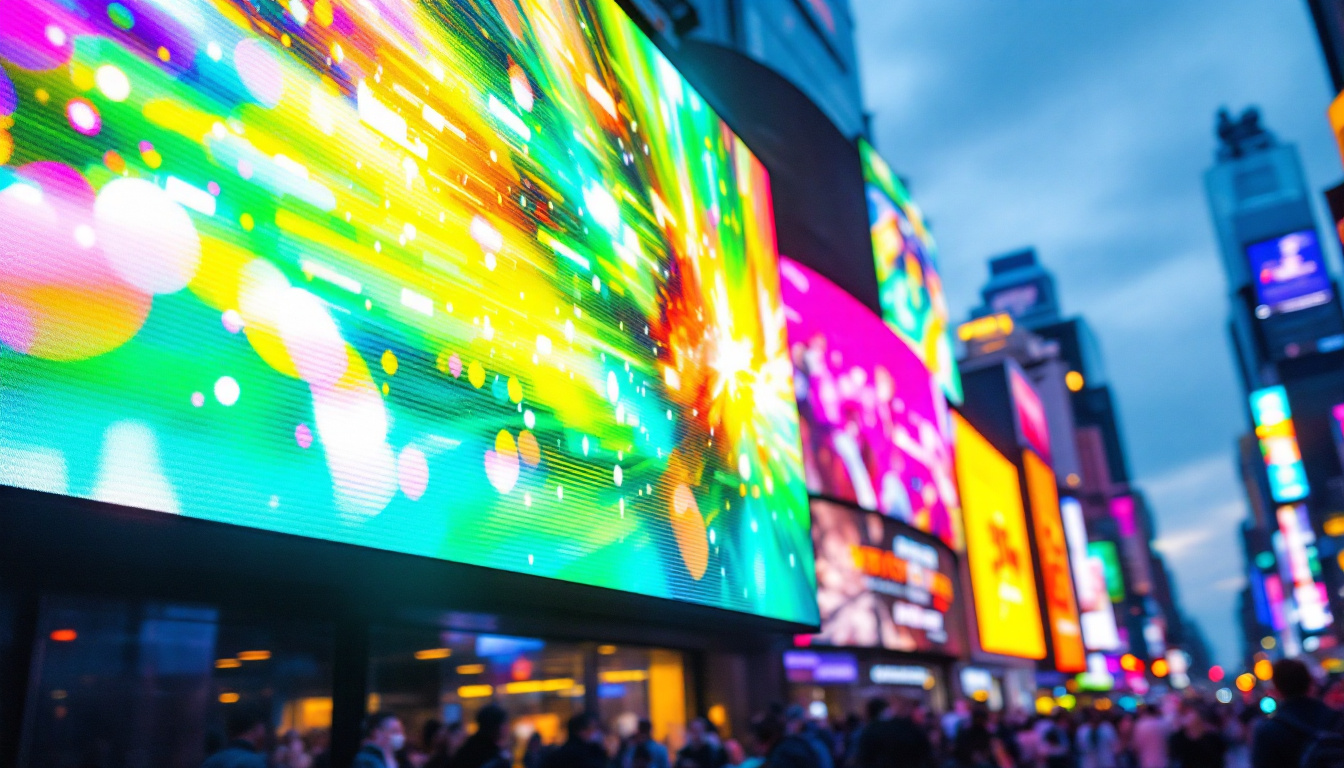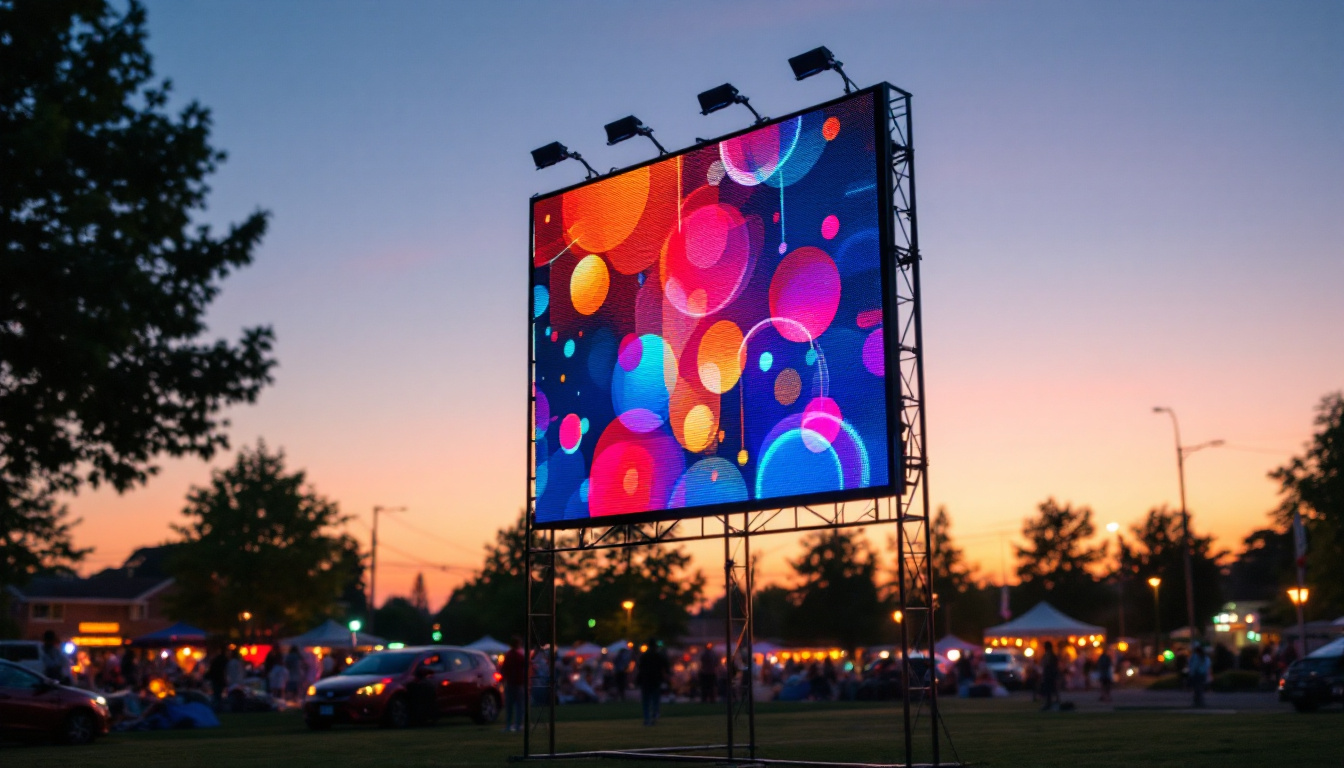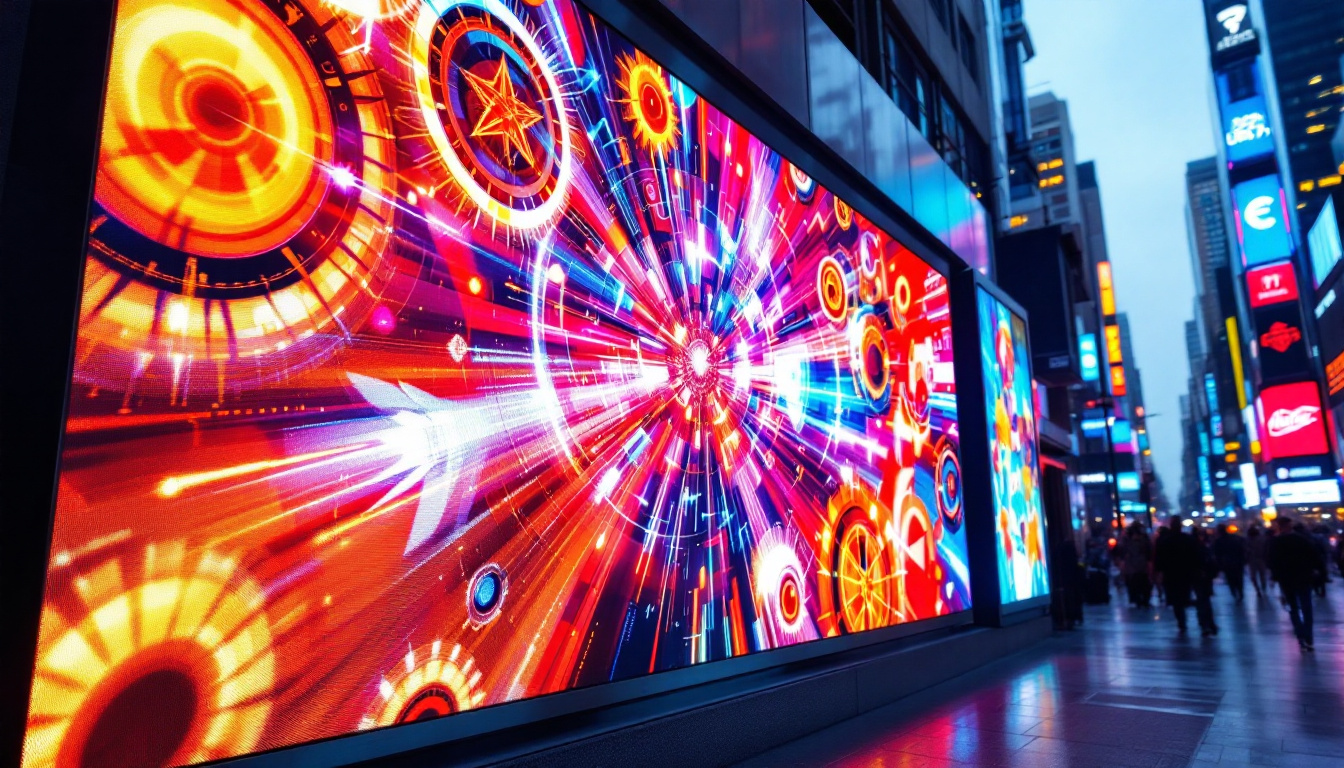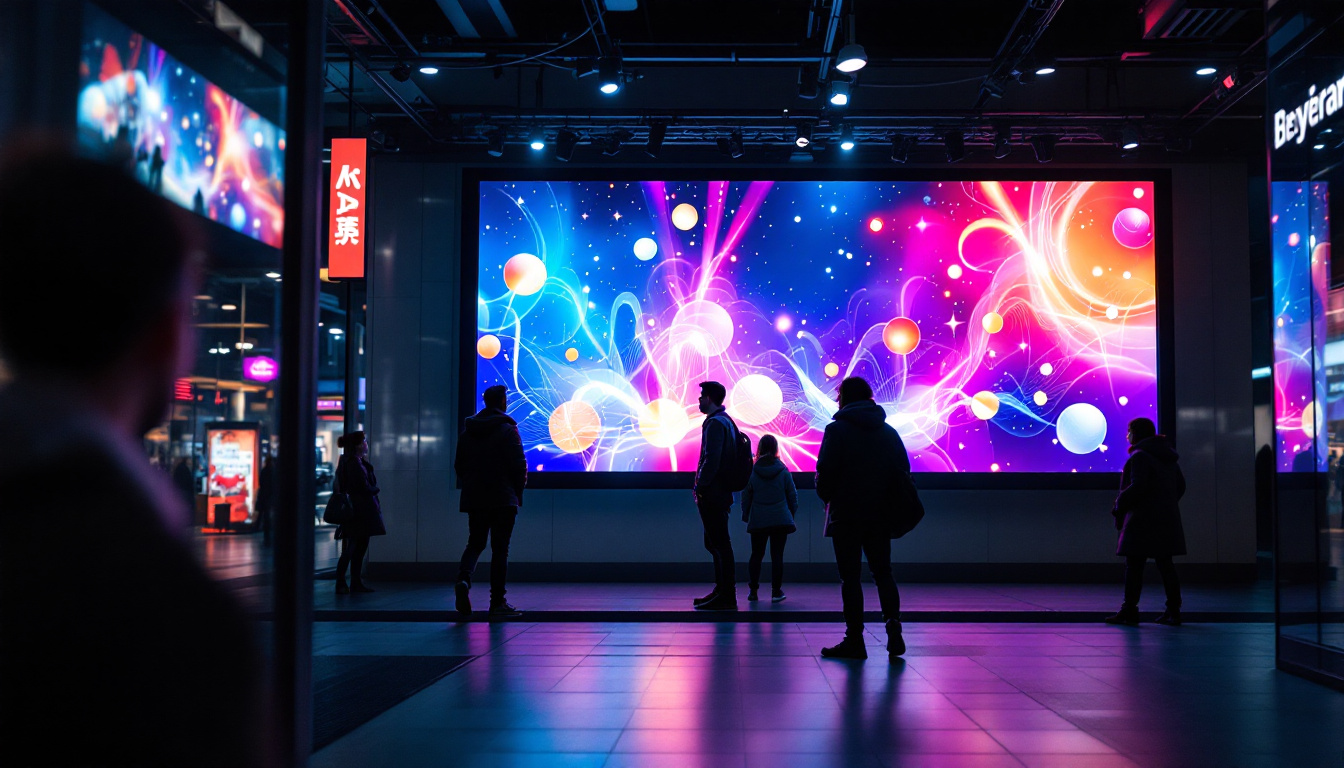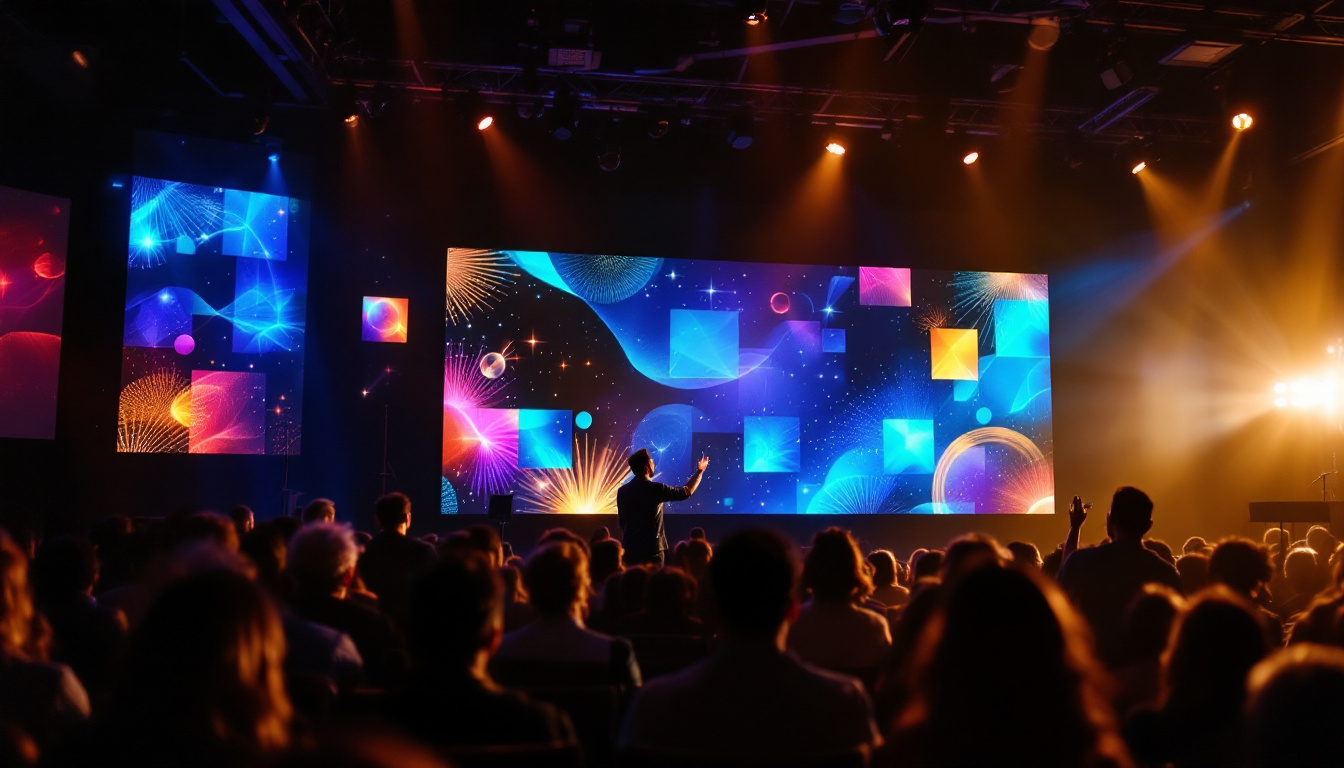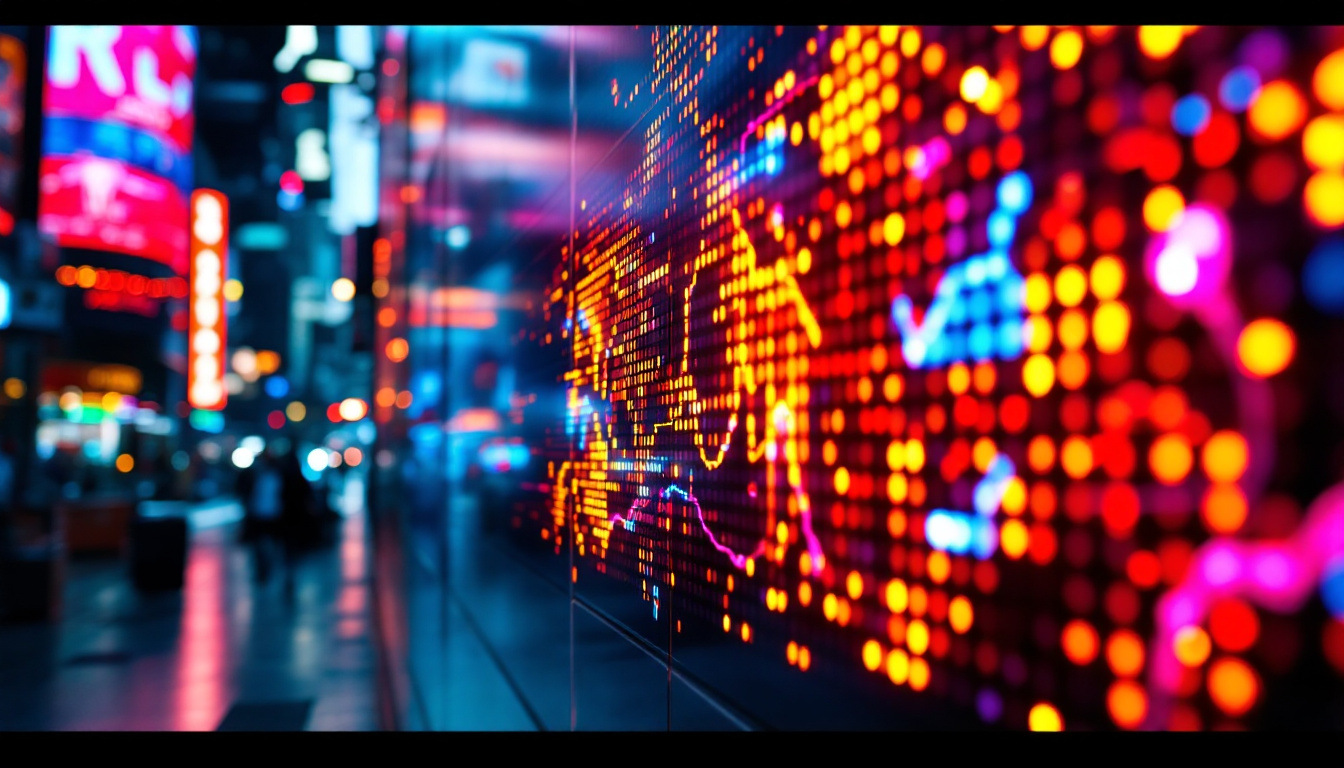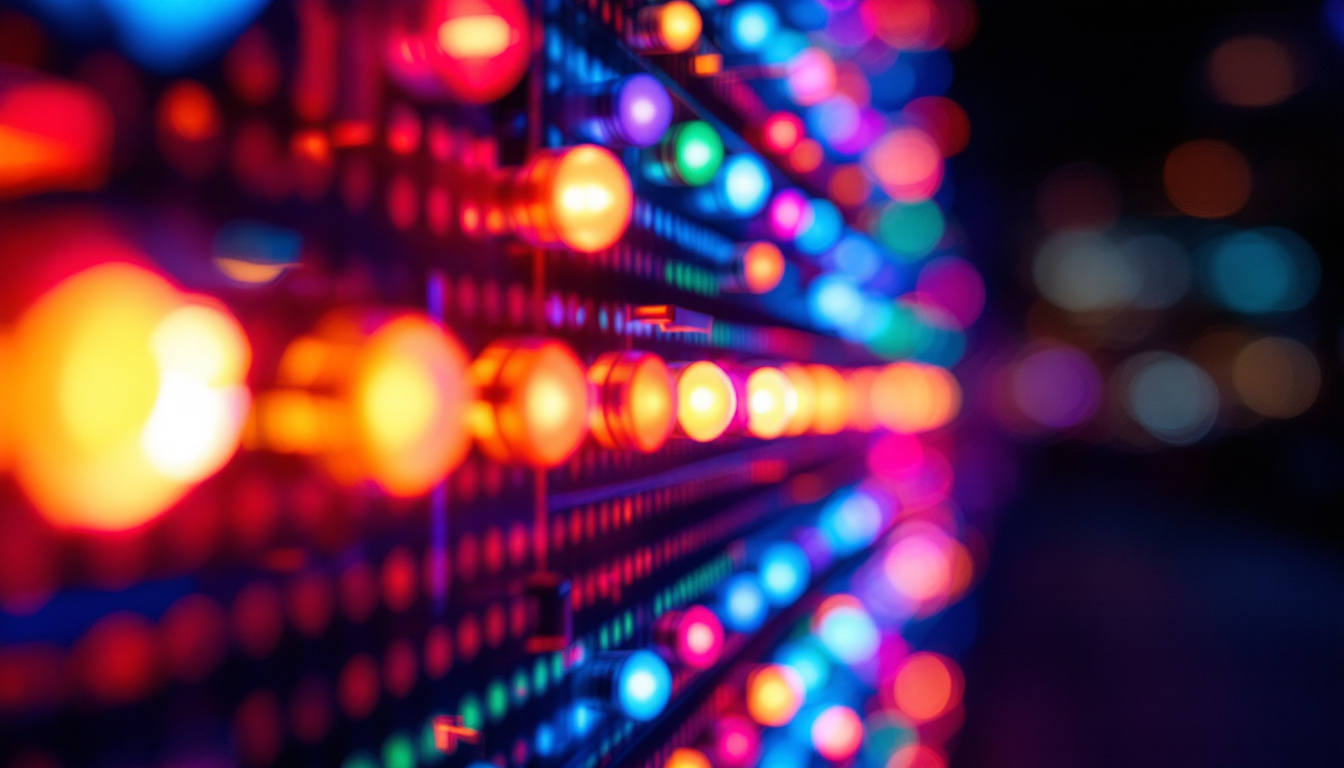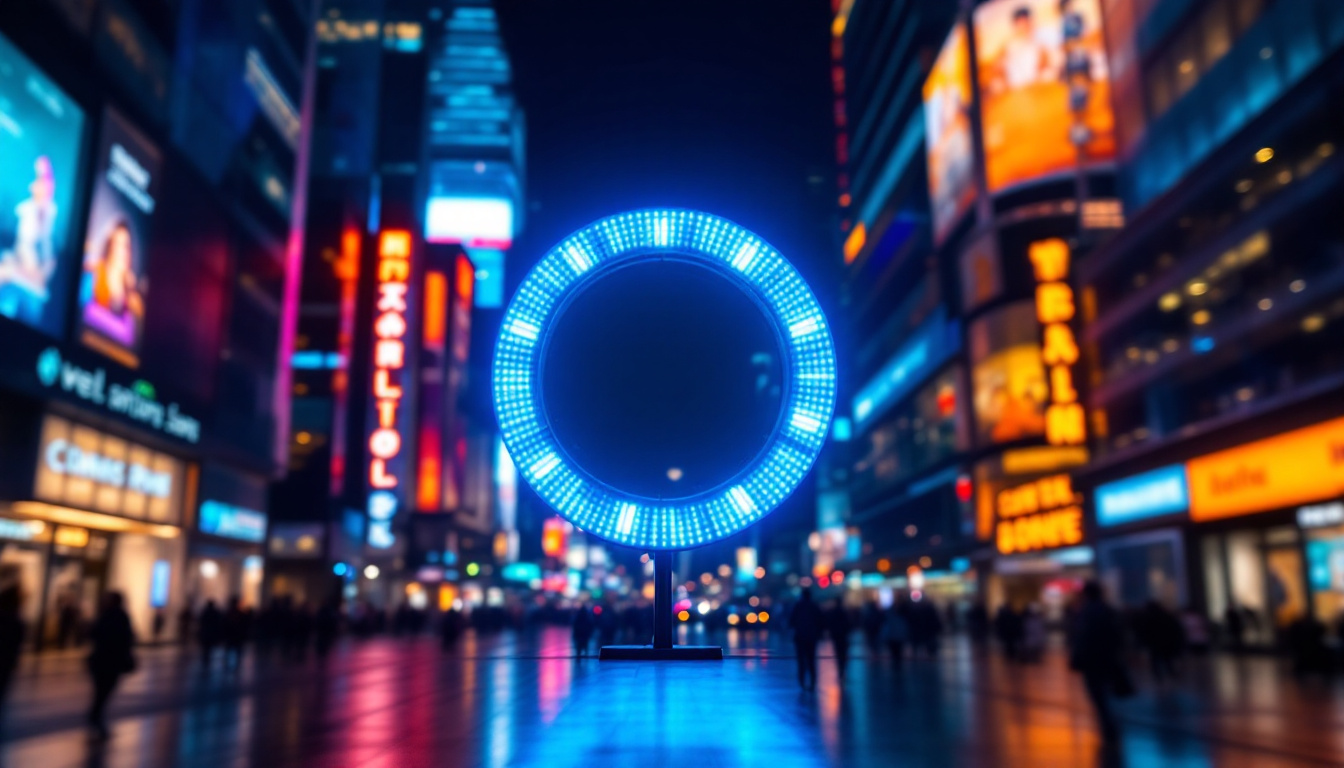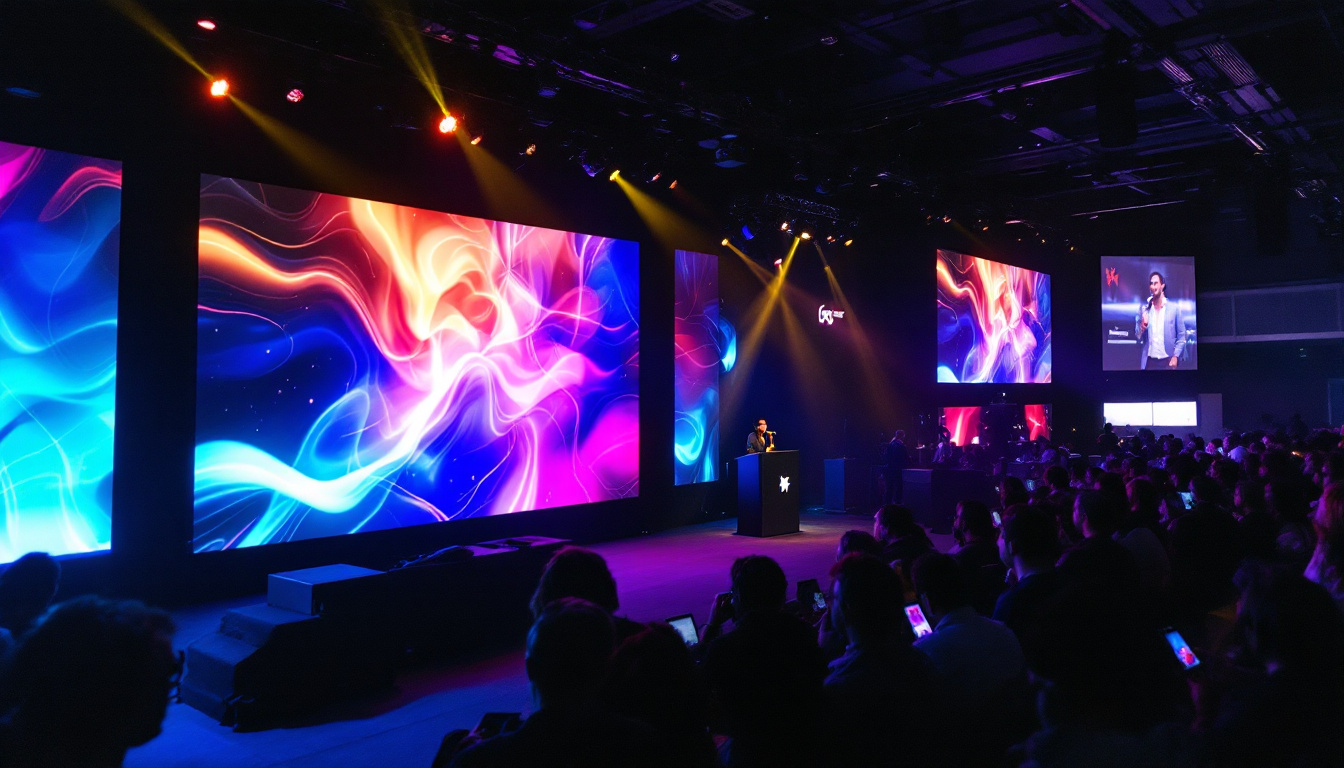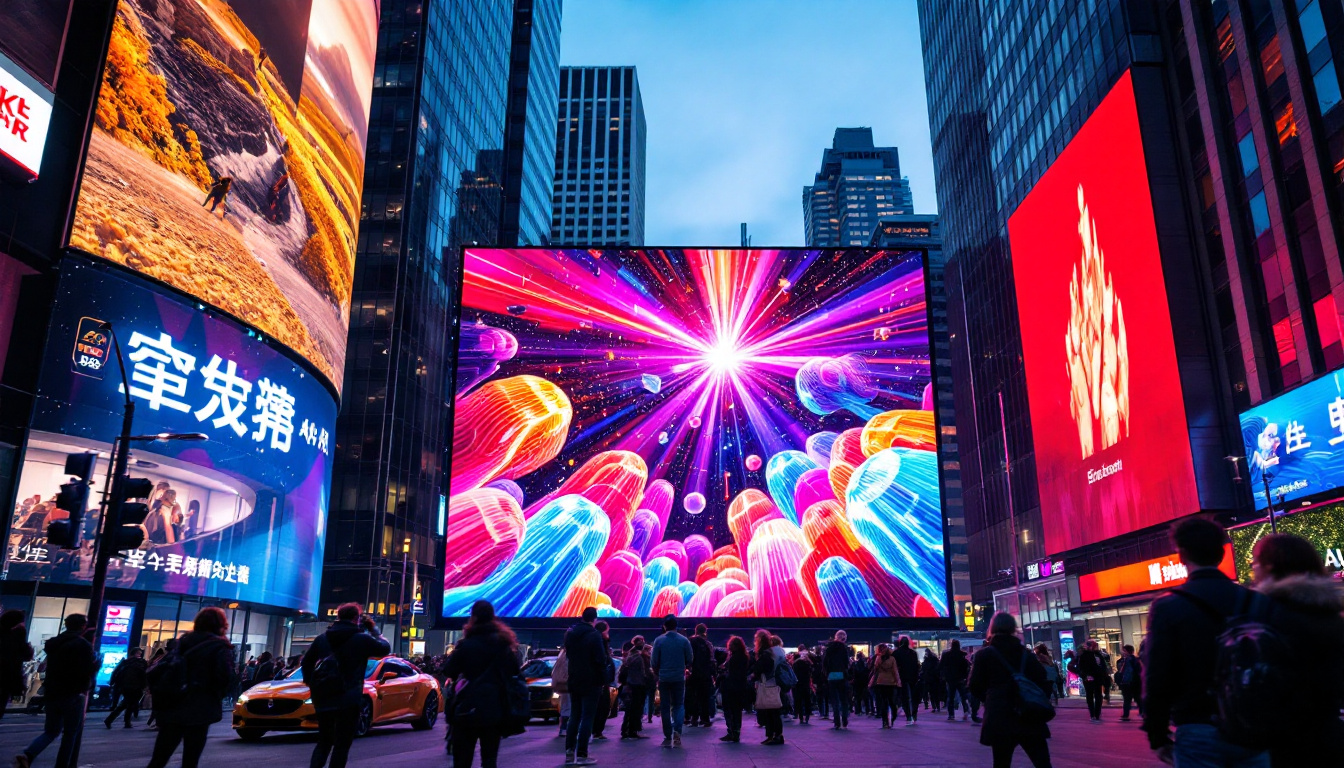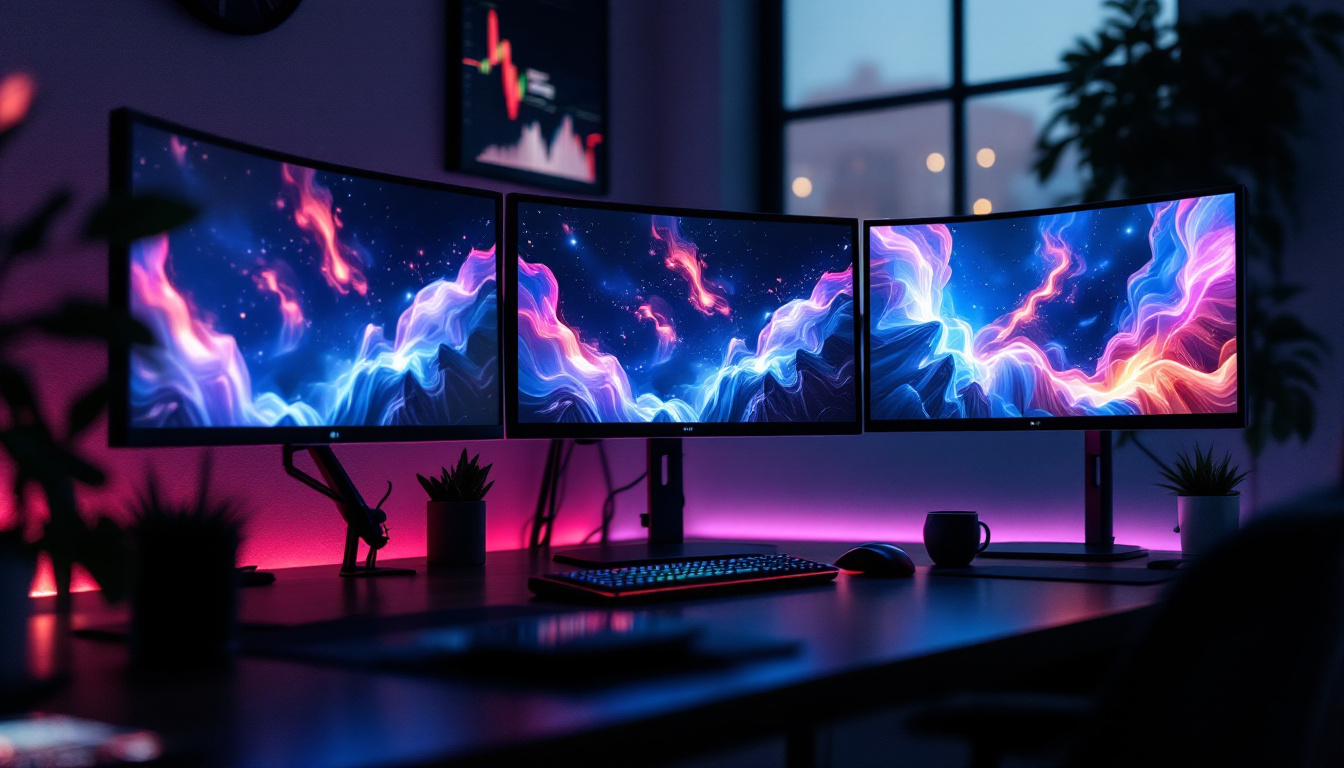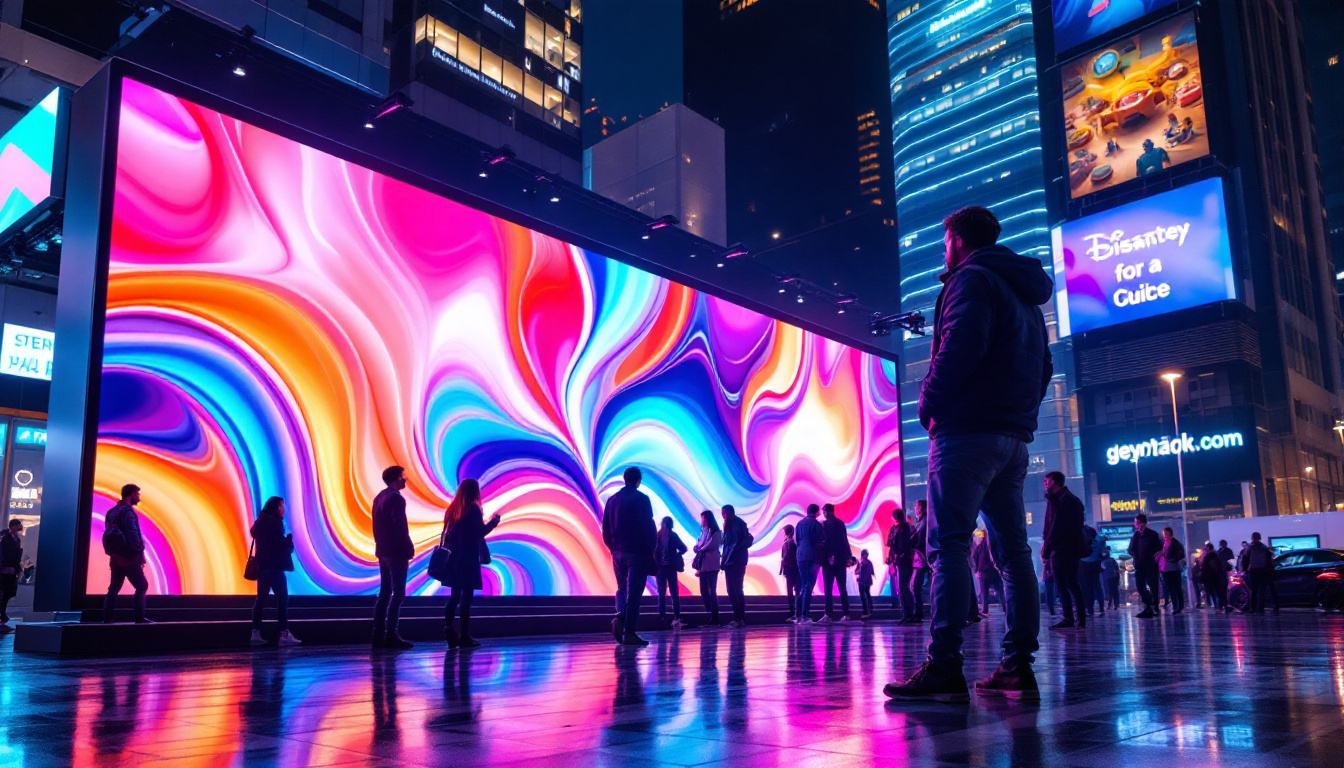In today’s fast-paced world, the way businesses communicate with their customers has evolved dramatically. digital screen signage, particularly LED displays, has become a vital tool for effective communication. This article delves into the intricacies of LED displays, their applications, benefits, and what to consider when searching for digital screen signage near you.
Understanding LED Displays
LED (Light Emitting Diode) displays are a type of digital signage that utilizes light-emitting diodes to create vibrant and dynamic visuals. These displays are known for their brightness, energy efficiency, and versatility, making them a popular choice for various applications. From advertising and entertainment to information dissemination, LED displays have transformed the way we communicate visually in both public and private spaces.
How LED Displays Work
LED displays consist of numerous tiny diodes that emit light when an electric current passes through them. These diodes are arranged in a grid format, allowing for the creation of images and videos. The combination of red, green, and blue diodes enables the display to produce a wide spectrum of colors, resulting in high-quality visuals. The technology behind these displays has advanced significantly over the years, with innovations such as pixel pitch optimization, which allows for closer placement of diodes, enhancing image clarity and detail.
One of the key advantages of LED technology is its ability to produce bright images even in direct sunlight. This makes LED displays ideal for outdoor advertising and public information systems, where visibility is crucial. Furthermore, LED displays have a longer lifespan compared to traditional display technologies, reducing maintenance costs and the frequency of replacements. Their energy efficiency also contributes to lower operational costs, making them an environmentally friendly choice for businesses looking to reduce their carbon footprint.
Types of LED Displays
There are several types of LED displays, each tailored for specific uses. Some of the most common types include:
- Indoor LED Displays: These are designed for use in enclosed spaces, such as retail stores, conference rooms, and theaters. They typically have a higher resolution, providing clear visuals even at close distances. Indoor displays often incorporate advanced features like touch interactivity, which enhances user engagement and allows for more immersive experiences.
- Outdoor LED Displays: Built to withstand harsh weather conditions, outdoor displays are larger and brighter. They are often used for billboards, sports arenas, and public transportation stations. Many outdoor LED displays come equipped with protective coatings and weatherproof casings to ensure durability against rain, wind, and UV rays, thus maintaining their performance over time.
- Mobile LED Displays: These portable displays can be transported easily and are often mounted on trucks or trailers. They are perfect for events, festivals, and promotions. The flexibility of mobile LED displays allows businesses to reach diverse audiences in various locations, making them an effective tool for marketing campaigns and live events.
In addition to these common types, there are also specialized LED displays designed for niche applications, such as transparent LED screens used in retail environments to showcase products while maintaining visibility through the display. Furthermore, advancements in technology have led to the development of flexible LED displays, which can be bent or shaped to fit unique spaces and designs, opening up new possibilities for creative installations. As the demand for high-quality visual communication continues to grow, the evolution of LED display technology is likely to keep pace, offering even more innovative solutions for businesses and organizations alike.
Applications of LED Displays
LED displays have found their way into numerous industries, serving various purposes. Their versatility makes them suitable for both advertising and information dissemination.
Advertising and Marketing
One of the primary uses of LED displays is in advertising. Businesses leverage these vibrant screens to capture the attention of potential customers. From retail stores promoting sales to restaurants showcasing their menus, LED displays provide an eye-catching way to communicate messages effectively.
Moreover, LED displays can be programmed to change content dynamically, allowing businesses to tailor their messaging based on the time of day, season, or special events. This flexibility enhances engagement and can lead to increased foot traffic and sales.
Public Information Systems
LED displays are also widely used in public information systems. Airports, train stations, and bus terminals utilize these screens to provide real-time updates on schedules, delays, and other essential information. The clarity and visibility of LED displays ensure that travelers receive timely and accurate information, enhancing their overall experience.
Entertainment and Events
In the entertainment industry, LED displays play a crucial role in enhancing the audience experience. Concerts, sports events, and festivals often feature large LED screens that display live feeds, advertisements, and engaging visuals. These displays help create an immersive environment, allowing attendees to feel more connected to the event.
Benefits of LED Displays
The rise of LED displays can be attributed to their numerous advantages over traditional signage methods. Here are some key benefits that make them a preferred choice for many businesses.
Energy Efficiency
LED displays are known for their energy efficiency. Compared to traditional lighting options, LED technology consumes significantly less power, resulting in lower electricity bills. This energy efficiency not only benefits businesses financially but also contributes to a more sustainable environment.
Longevity and Durability
Another significant advantage of LED displays is their longevity. With a lifespan of up to 100,000 hours, LED screens require less frequent replacements than traditional displays. Additionally, they are built to withstand various environmental factors, making them suitable for outdoor use.
High-Quality Visuals
LED displays are renowned for their exceptional image quality. They offer high brightness levels, vibrant colors, and excellent contrast ratios, ensuring that content is displayed clearly and attractively. This quality is particularly important in advertising, where capturing attention is crucial.
Choosing the Right LED Display
When searching for digital screen signage near you, several factors should be considered to ensure the best fit for your needs. Understanding these factors can help streamline the decision-making process.
Size and Resolution
The size and resolution of an LED display are critical factors to consider. The size should be appropriate for the viewing distance; larger displays are typically needed for outdoor use, while smaller screens may suffice for indoor applications. Resolution is equally important, as higher resolutions provide clearer images and are essential for detailed content.
Location and Environment
Consider the location where the LED display will be installed. Outdoor displays should be weather-resistant and capable of withstanding various environmental conditions. Indoor displays, on the other hand, may prioritize resolution and brightness, as they are often viewed from closer distances.
Content Management System
Another crucial aspect to evaluate is the content management system (CMS) that accompanies the LED display. A user-friendly CMS allows for easy updates and scheduling of content, enabling businesses to manage their messaging efficiently. Look for systems that offer remote access, allowing for real-time updates from anywhere.
Installation and Maintenance
Proper installation and maintenance are essential for the longevity and performance of LED displays. Understanding the process involved can help ensure a successful setup.
Professional Installation
While some businesses may consider a DIY approach, professional installation is highly recommended for LED displays. Experts can ensure that the display is correctly mounted, wired, and calibrated for optimal performance. Additionally, professional installers are familiar with local regulations and can help navigate any necessary permits.
Regular Maintenance
To keep LED displays functioning at their best, regular maintenance is necessary. This includes cleaning the screens, checking connections, and updating software. Many companies offer maintenance contracts, providing peace of mind and ensuring that displays remain in top condition.
Cost Considerations
Investing in LED displays can be a significant financial commitment, but understanding the costs involved can help businesses make informed decisions.
Initial Investment
The initial investment for LED displays varies based on size, resolution, and features. While larger and higher-resolution displays tend to be more expensive, they may offer better returns on investment through enhanced visibility and engagement.
Operating Costs
In addition to the initial cost, businesses should consider ongoing operating costs. LED displays are generally energy-efficient, but electricity costs can still add up, especially for larger installations. Maintenance costs should also be factored in, as regular upkeep is essential for performance.
Future Trends in Digital Signage
The digital signage industry is continually evolving, with new technologies and trends emerging regularly. Staying informed about these trends can help businesses remain competitive.
Integration with IoT
One of the most exciting trends is the integration of LED displays with the Internet of Things (IoT). This allows for real-time data collection and analysis, enabling businesses to tailor their messaging based on customer behavior and preferences. For example, displays can change content based on foot traffic or weather conditions, enhancing relevance and engagement.
Interactive Displays
Interactive LED displays are gaining popularity, allowing customers to engage directly with the content. Touchscreen technology enables users to navigate through information, making the experience more personalized. This interactivity can lead to higher engagement rates and improved customer satisfaction.
Conclusion
Digital screen signage, particularly LED displays, has transformed the way businesses communicate with their customers. With their vibrant visuals, energy efficiency, and versatility, LED displays offer numerous advantages for advertising, public information, and entertainment. When searching for digital screen signage near you, consider factors such as size, resolution, installation, and maintenance to ensure the best fit for your needs.
As technology continues to advance, staying informed about trends and innovations in digital signage will be crucial for businesses looking to enhance their communication strategies. Embracing LED displays can lead to increased visibility, engagement, and ultimately, success in a competitive marketplace.
Discover LumenMatrix LED Display Solutions
Ready to elevate your visual communication strategy with the latest in LED display technology? LumenMatrix is at the forefront of creating immersive and dynamic visual experiences. Whether you need an Indoor LED Wall Display for your retail space, an Outdoor LED Wall Display for high-impact advertising, or any of our specialized solutions like Vehicle LED Displays, LED Sports Displays, or Custom LED Displays, we have you covered. Experience the difference with our cutting-edge solutions designed to captivate your audience and amplify your message. Check out LumenMatrix LED Display Solutions today and transform the way you engage with your customers.

